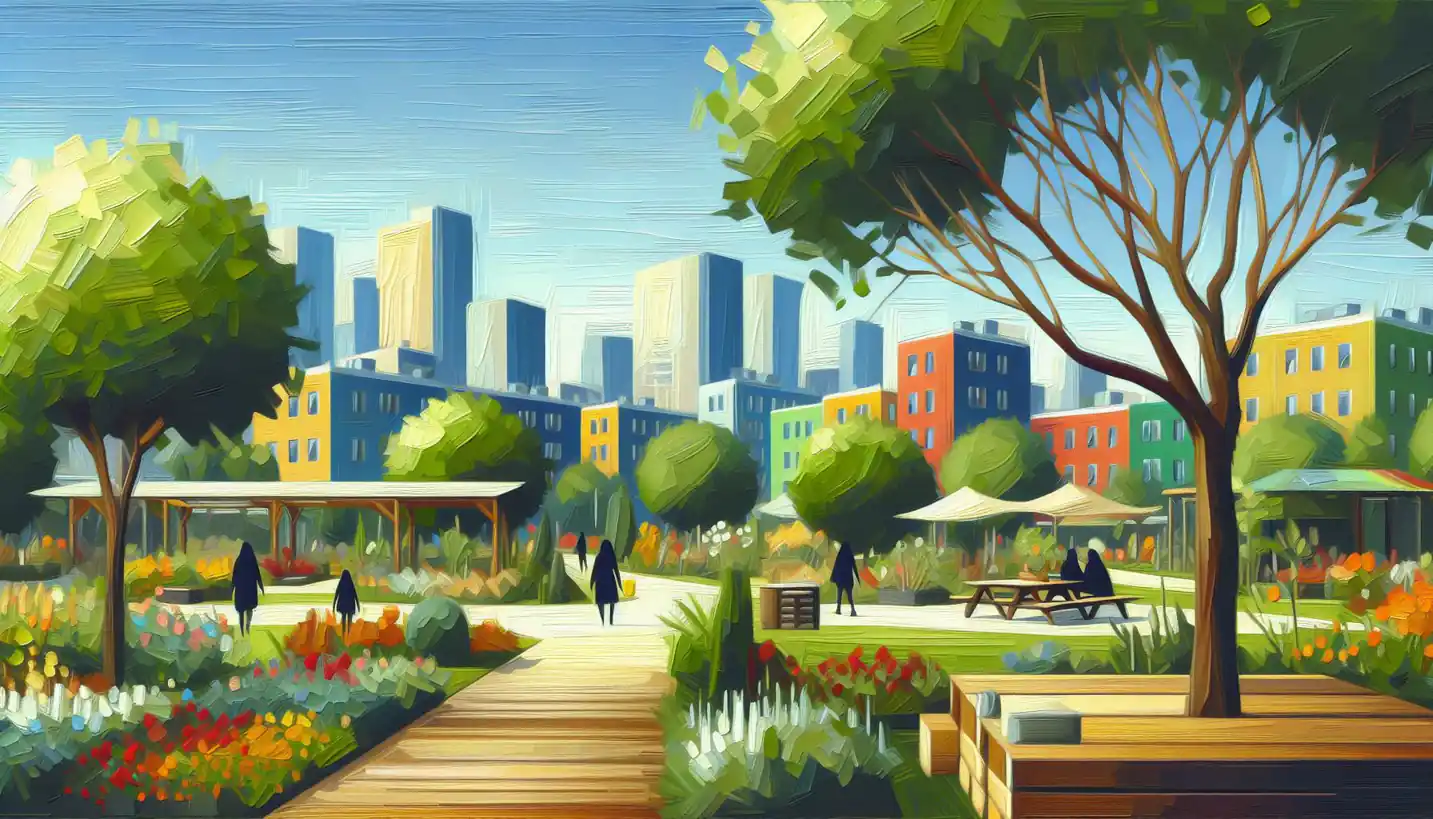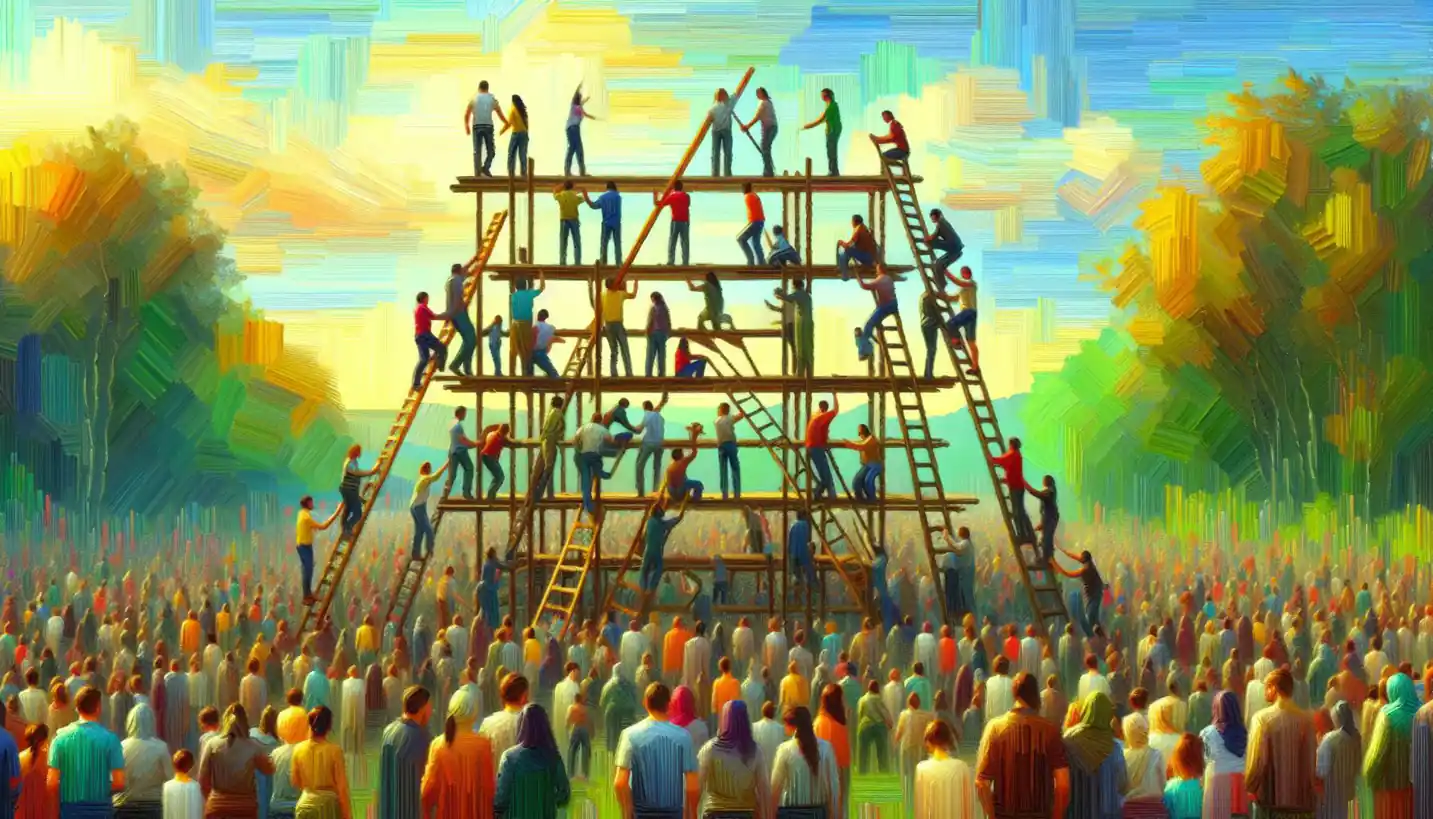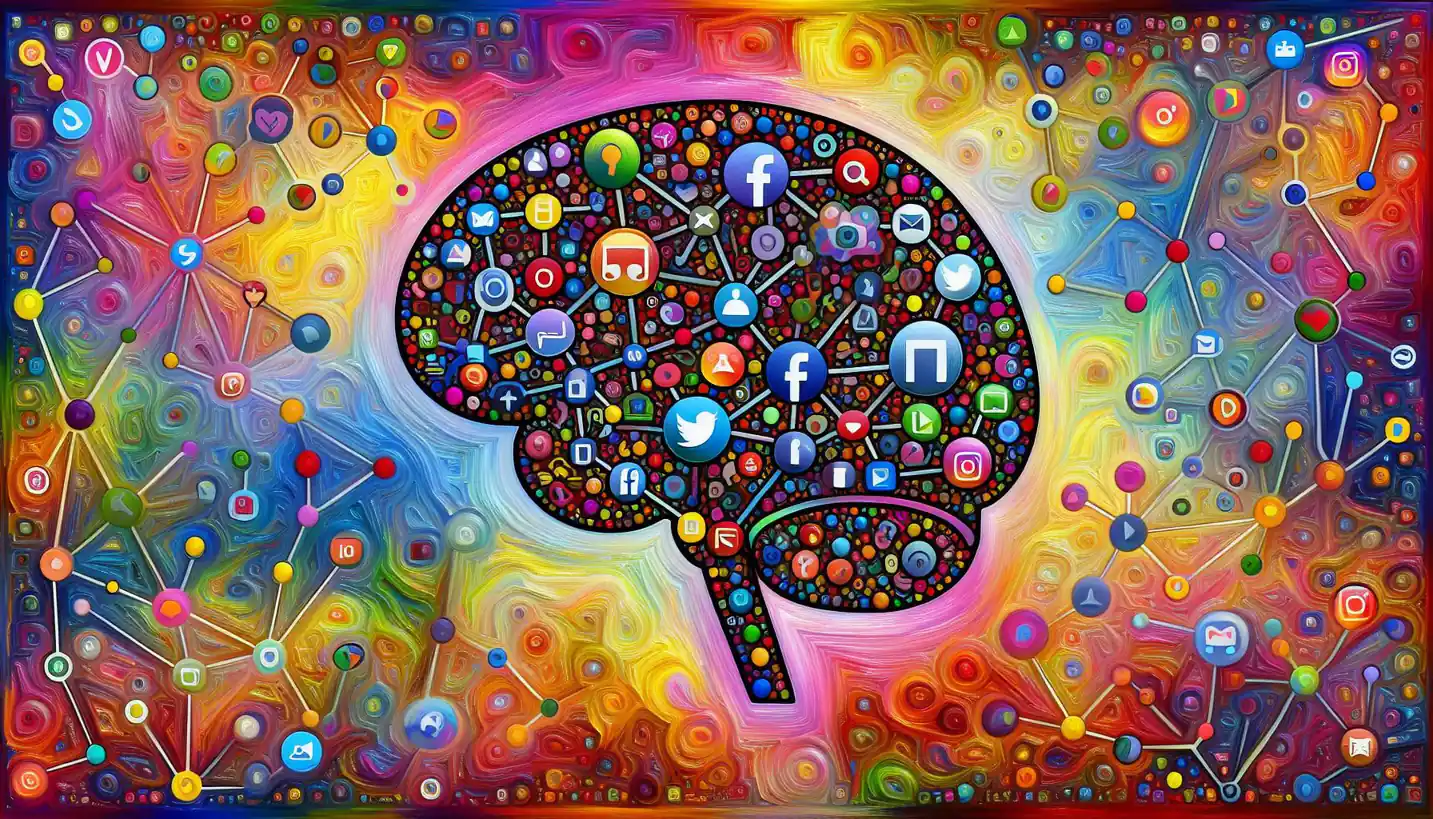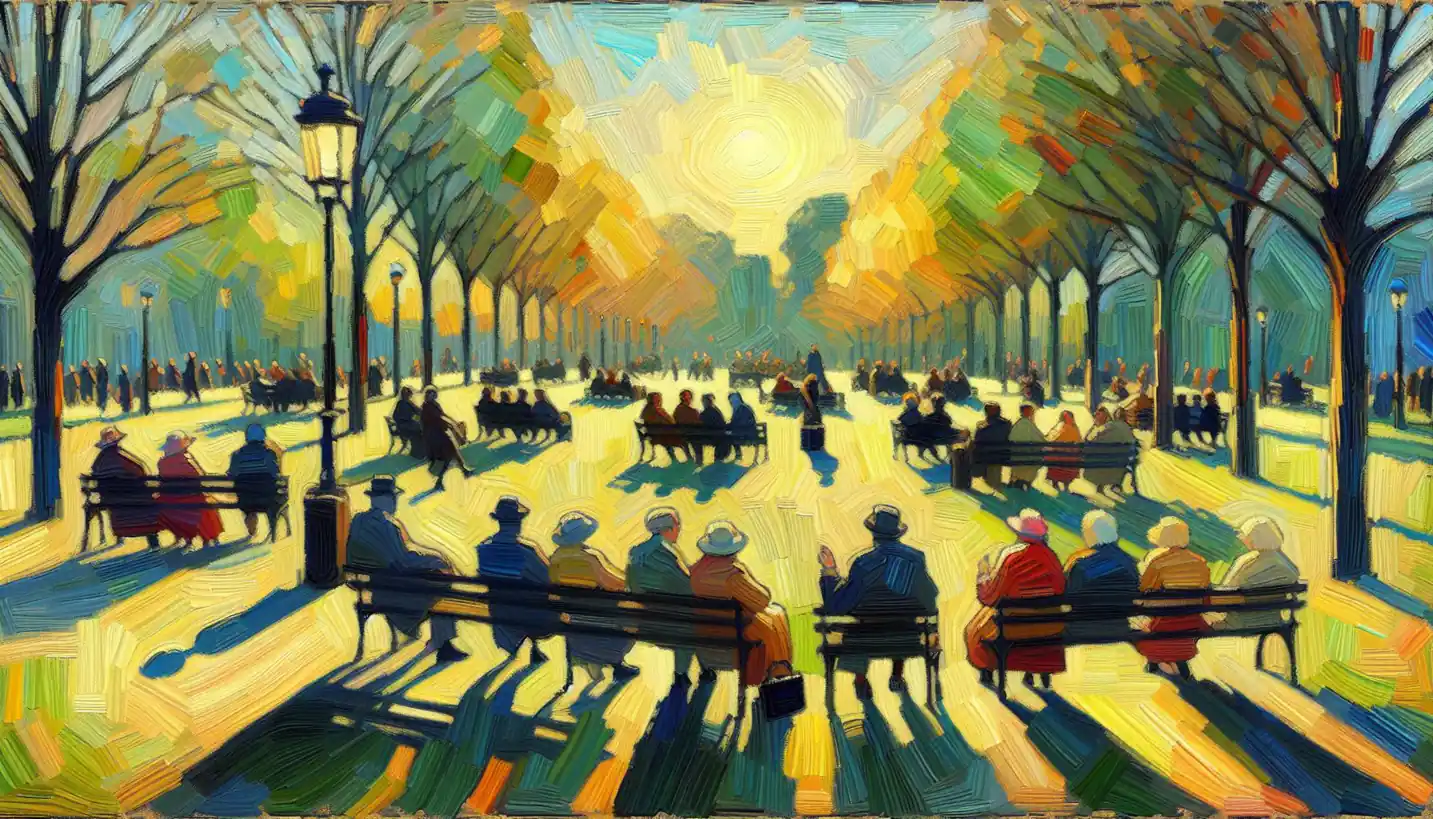· Sociology · 5 min read
Cultural Diffusion: The Mosaic of Human Connection
Cultural diffusion connects people globally by spreading traditions and ideas. Discover how this fascinating process shapes societies in unexpected ways.

Once upon a time, humanity spread across the globe, each group developing unique traditions, languages, and customs. But what happens when these distinct cultures interact? The answer lies in a fascinating concept called cultural diffusion. It’s like a vast mosaic, where pieces from different places come together to create something beautiful and complex.
Cultural diffusion isn’t just some dry term from sociology textbooks; it’s actually the story of our world connecting and evolving. It’s everywhere you look, from food to fashion to technology.
Understanding Cultural Diffusion
So, what exactly is cultural diffusion? Imagine drops of food coloring mixing into water, spreading until the colors blend together. In sociology, cultural diffusion is the spread of cultural beliefs and social activities from one group to another. It’s the way one culture borrows elements from another, leading to a rich tapestry of shared practices and ideas.
Throughout history, societies have come into contact through trade, migration, conquest, or the simple sharing of borders. When these interactions occur, aspects of culture such as art, religion, language, or technology can begin to blend and adapt.
Types of Cultural Diffusion
There are a few well-known types of cultural diffusion.
Expansion Diffusion
Think of expansion diffusion as a wave spreading outwards. As something becomes popular in one area, it travels and gains more followers. Take the popularity of pizza, a dish that originated in Italy but is now a worldwide favorite, each region adding its own twist.
Relocation Diffusion
Relocation diffusion occurs when people move from one place to another, bringing their cultural practices with them. Consider how Chinatown districts in cities around the world showcase Chinese heritage through festivals, food, and architecture.
Contagious Diffusion
Much like a catchy song going viral, contagious diffusion happens rapidly among a population. Social media trends are a modern example, where one cultural idea or meme can spread like wildfire.
Hierarchical Diffusion
Think of hierarchical diffusion as a top-down approach, where ideas spread from a figure of authority or an influential place down to others. Fashion trends often start on the runways of Paris and New York before making their way into everyday wardrobes.
The Role of Technology
Today, technology plays a massive role in cultural diffusion. The internet is perhaps the most powerful tool for sharing and spreading culture. A YouTube dance craze or a TikTok recipe can quickly travel across the world, embraced by people from different backgrounds.
The rise of social media has created a digital crossroads where language, music, and ideas meet, enhancing the speed of cultural exchange. Thanks to technology, we’re more connected than ever before, turning the world into a global village.
The Positive Side of Cultural Diffusion
Cultural diffusion comes with numerous benefits. The blending of cultures can lead to innovation and creativity. When diverse perspectives come together, they can spark new ideas and solutions, leading to social and economic progress.
Food is a delightful example. Fusion cuisine combines ingredients and techniques from different culinary traditions to create unique and delicious dishes. Think sushi tacos or curry pizza! Such innovations enrich our culinary experience by bringing global flavors to our plates.
Challenges and Considerations
However, cultural diffusion is not always smooth sailing. Sometimes, it can lead to tensions, especially when there is a power imbalance or when cultural elements are appropriated without understanding their significance. It’s important to approach cultural exchange with respect and sensitivity, recognizing the value and meaning of traditions.
There are also concerns about losing unique cultural identities. As global communication shrinks distances, there’s a risk of homogenizing distinct cultures into a single, global culture. Protecting cultural heritage amid these exchanges poses a real challenge.
Cultural Diffusion in History
History is brimming with examples of cultural diffusion, shaping civilizations. The Silk Road is a classic example, an ancient network of trade routes connecting the East and West. Along with goods, people exchanged art, religion, language, and technology.
The spread of Buddhism from India to China and beyond exemplifies relocation diffusion, while the Renaissance saw European art and science flourish thanks in part to hierarchical diffusion, as knowledge from the Islamic world seeped into Europe.
Modern Implications
In today’s world, cultural diffusion influences every aspect of life, from how we communicate to the clothes we wear. The global impact of cultural diffusion is seen in multinational music collaborations, international business practices, and even global responses to environmental challenges.
As we move forward, understanding cultural diffusion helps us appreciate the interconnectedness of the modern world. Our societies are constantly evolving, driven by exchanges that shape our identities and experiences.
The Future of Cultural Diffusion
Looking ahead, cultural diffusion will continue to be a dynamic force. As travel becomes more accessible and virtual connections stronger, cultural ideas will flow even more freely. What will this mean for the future? Will we see new cultural hybrids or a greater emphasis on preserving difference?
The possibilities are as varied as they are exciting. The key will be fostering open-mindedness and respect, ensuring that as cultures blend, the unique threads of identity remain celebrated and cherished.
To study cultural diffusion is to understand the ongoing dance of human connection. Whether it’s a culinary innovation or a global musical hit, these exchanges remind us that at heart, we are a world of storytellers and explorers, continually learning from one another.



